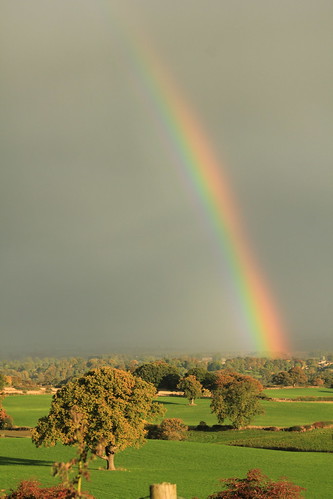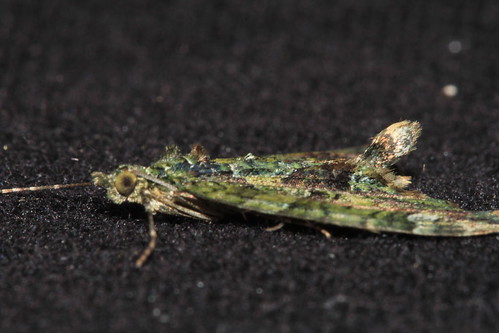GREEN- Is due to a pigment know as Chlorophyll the chlorophyll's green color dominates and masks out the colors of any other pigments that may be present in the leaf during the grow season. As Autumn approached Trees undergo practical changes due to harsher temperature and lower light levels allowing other colours to appear Chlorophyll, which gives leaves their basic green color. It is necessary for photosynthesis, the chemical reaction that enables plants to use sunlight to manufacture sugars for their food. Trees in the temperate zones store these sugars for their winter dormant period.
COLOUR
Veins that carry fluids into and out of the leaf are gradually closed off as a layer of special cork cells forms at the base of each leaf. As this cork layer develops, water and mineral intake into the leaf is reduced, slowly at first, and then more rapidly. It is during this time that the chlorophyll begins to decrease.
Often the veins will still be green after the tissues between them have almost completely changed color.
YELLOW & ORANGE
As the chlorophyll breaks down, the green color disappears, and the yellow to orange colors become visible and give the leaves part of their fall splendor.Orange Yellows can be due to carotenes and xanthophyll. Carotenoids, which produce yellow, orange, and brown colors in such things as corn, carrots, and daffodils, as well as rutabagas, buttercups, and bananas.
RED
At the same time other chemical changes may occur, which form additional colors through the development of red anthocyanin pigments. Some mixtures give rise to the reddish and purplish fall colors of trees such as dogwoods.Anthocyanins, which give color to such familiar things as cranberries, red apples, concord grapes, blueberries, cherries, strawberries, and plums. They are water soluble and appear in the watery liquid of leaf cells.
Weather Affects Color Intensity
Temperature, light, and water supply have an influence on the degree and the duration of autumn color. Low temperatures above freezing will favor anthocyanin formation producing bright reds in maples. However, early frost will weaken the brilliant red color. Rainy and/or overcast days tend to increase the intensity of fall colors. The best time to enjoy the autumn color would be on a clear, dry, and cool (not freezing) day
Weather Affects Color Intensity
Temperature, light, and water supply have an influence on the degree and the duration of autumn color. Low temperatures above freezing will favor anthocyanin formation producing bright reds in maples. However, early frost will weaken the brilliant red color. Rainy and/or overcast days tend to increase the intensity of fall colors. The best time to enjoy the autumn color would be on a clear, dry, and cool (not freezing) day





